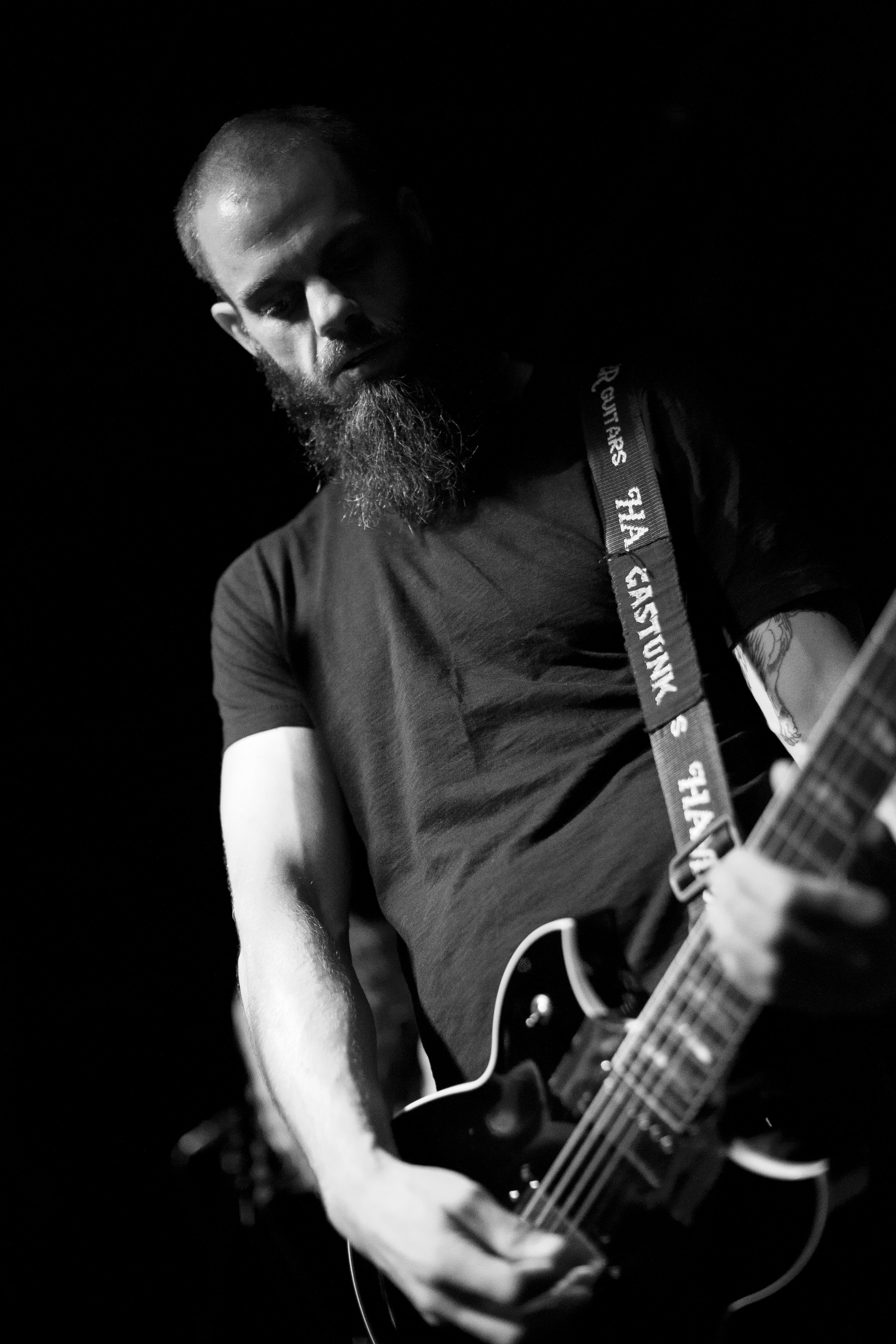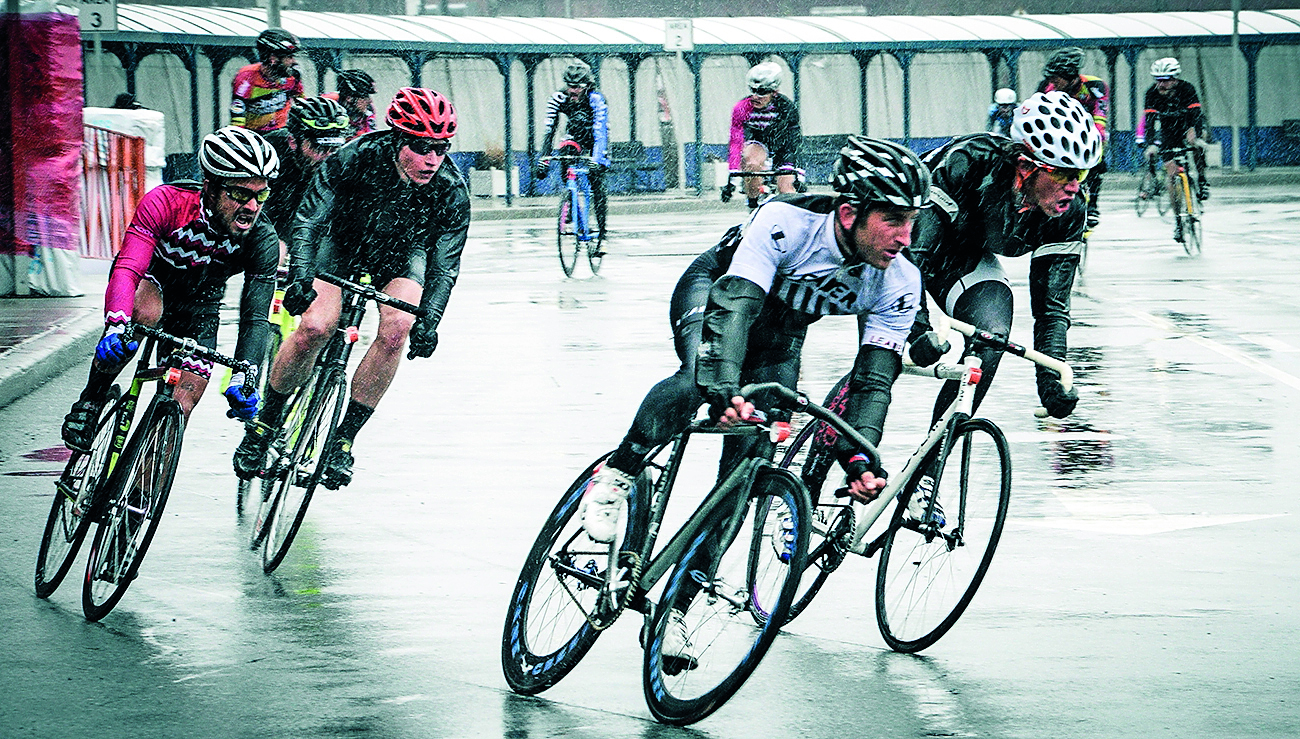How to make money with your camera: earn cash with your photography
Want to profit from your images? Fancy an extra stream of income? Whether it's portraits, events or even fine art that's your thing, here's what you need to know
How to make money from events photography
Event photography is a broad umbrella term that encompasses many different genres. From sports photography or shooting live music to fun runs or car shows, events are anything where you, the photographer, are not in complete control of proceedings.
Event photography can be especially fruitful for anyone wishing to make money from their camera on a part-time basis, because the majority of events are either at weekends or in evenings. Here are some important things you need to know about this exciting genre of photography.

1. Getting access
The common factor in all event photography is your ability to get access to the event in the first place. This access gives you permission to photograph the event and, in the majority of cases, it gets you access to special areas the public are restricted from – closer to the football pitch in sports photography, or in the pit in front of a live music stage.
Sharing your portfolio with the organisers is a good way to start a conversation, build relationships and ultimately secure access. The ability to work unsupervised and under pressure is a must for those wishing to take on event photography.
2. Long hours
Instead of humping around a big bag, a waist belt system that holds lenses and accessories is a more portable choice for event photography.
Event photography can be a demanding activity that requires long hours and plenty of carrying gear around, so a decent degree of fitness is required. Black-tie events run along into the night, and sports events can require you to arrive well before the schedule starts meaning early starts.
Get the Digital Camera World Newsletter
The best camera deals, reviews, product advice, and unmissable photography news, direct to your inbox!
3. Extra profit
Event photography offers those looking to make money from their camera a unique opportunity to boost profits even further. Whether it’s guests at a formal business dinner or participants at a sports event, everybody likes to buy a print to remember the occasion.
A great additional activity is to set up a printer and to turn out prints for punters to buy at the actual event. However, this adds another layer of complication and will require you to work super-fast to get images print-ready in a small window of time. It can be helpful to pay someone for a little extra help to set up the printer and deal with customers while you focus on quickly processing images.

4. Technology counts
Event photographers will often have to edit on the move. While most photographers have the luxury of heading back to the office, putting the kettle on and taking their time over edits, those shooting live events often need to turn images around in hours, if not minutes.
This requires a strong knowledge of not only Lightroom and Photoshop, but also knowing how to use software to quickly send large amounts of data, such as FTP clients. Upgrading your laptop and other software essentials should be a priority too. Many event photographers will also shoot JPEGs to speed up workflow.
The sister print publication to this website, Digital Camera Magazine is Britain's best-selling photography publication – and it can also be purchased outside the United Kingdom as Digital Camera World.
Digital Camera Magazine is packed with more expert advice and more inspirational images than any other title, with the sole aim of helping you become a better photographer. Every issue we also bring you a selection of great gifts which are designed to help you get more from your photography – everything from tips cards and cheat sheets to free software and bookazines.
In addition to inspirational images, interviews, projects, mini tests and tutorials, each issue is packed with news, reviews and comparisons, as well as photographer vs photographer shootouts and head-to-head challenges using the best photo editing software.
The magazine is captained by Editor Niall Hampton.

